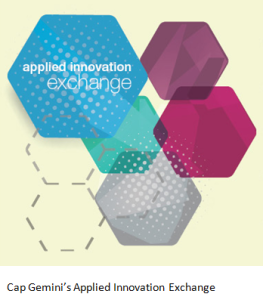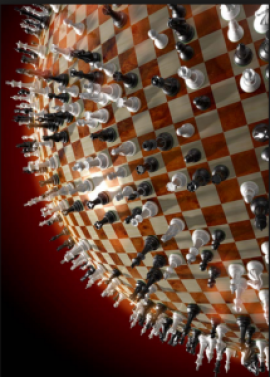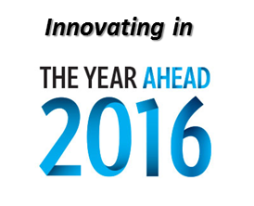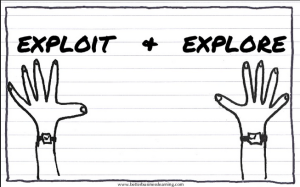 Have you ever played snakes and ladders? Called chutes and ladders in the US. A number of “ladders” and “snakes” are pictured on the board, each connecting two specific board squares.
Have you ever played snakes and ladders? Called chutes and ladders in the US. A number of “ladders” and “snakes” are pictured on the board, each connecting two specific board squares.
The object of the game is to navigate one’s game piece, according to dice rolls, from the start (bottom square) to the finish (top square), helped or hindered by ladders and snakes respectively.
Originally from India the game is a simple race contest based on sheer luck and I am beginning to wonder if we are playing a new version of this with innovation? This is called “bust or boom” or “success or failure” or even “maybe or maybe not,” or even “will we, won’t we.” It just all depends on our luck in rolling the dice, a serendipity with a darker twist that many companies seem to be playing with their innovation capability building.
The game came to mind as I read through a recent survey on Innovation
I have just been reading an Innovation report / survey from Accenture called “Clear Vision, Cloudy Execution” and I really do think we are playing with innovation as a game, it has some really serious implications within it that need more drawing out than possibly offered in my view. We should be getting worried that many bigger companies are losing the innovation game.
Continue reading “Are we playing snakes and ladders with innovation?”








